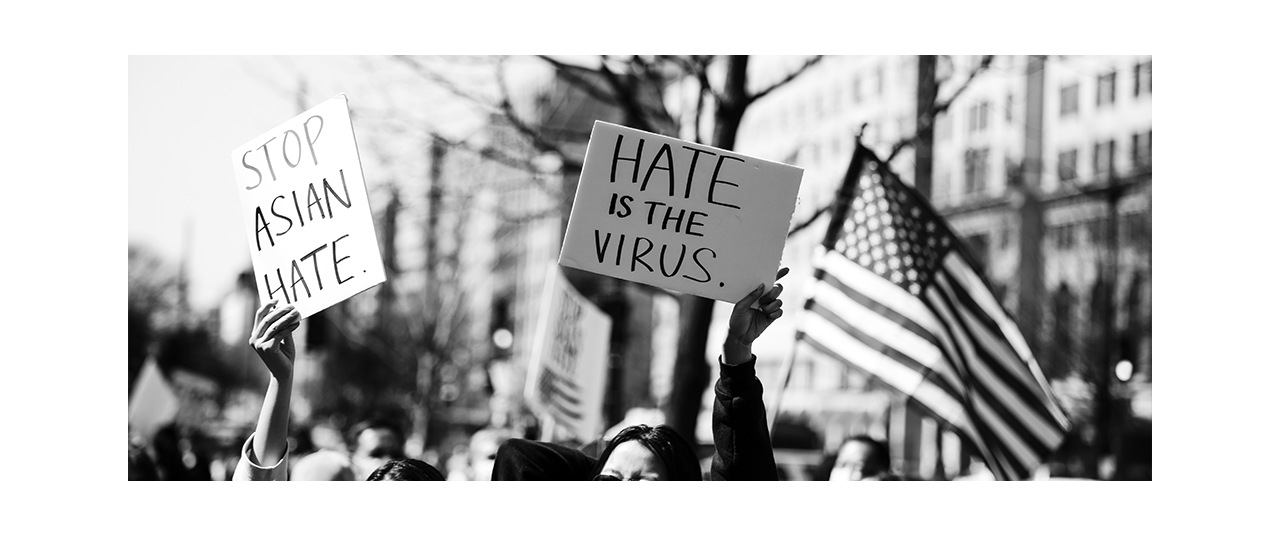
The following is an excerpt from the Spring 2021 Regent Message for the California—Northern & Central area.
The agony, anguish, anxiety and anger felt within our Asian American and Pacific Islander community is the catastrophic result of a long history of racial, ethnic, and cultural discrimination and xenophobia in our country.
For generations, rhetoric and allegations around who “belongs” in our communities and our country have fed the flames of bias and racism. In the same way that, often, an attack on Black lives is not “just” an attack, violence against our Asian neighbors is not “just” violence. The walls built to keep out immigrants along our southern borders echo redlining and other de jure segregation policies from our country’s past—the impacts of which still linger today. These actions continue to fan the flames into an inferno that we are trying to simultaneously run from and battle back.
Compounding these issues is the stereotype of the “model minority” in Asian cultures. I have long been unsettled by this term, but even more so now. The strong traits and characteristics that have defined the immigrant DNA, including those of hard workers, toiling away, silently carrying pain and burdens in a relentless pursuit of a better tomorrow for themselves and their children, now appear to be doing more harm than good. While the hate crimes reported are voluminous, I have no doubt they are underreported. However, thanks to social media, camera phones and security cameras, attacks are being transparently shared in an effort to track down those who perpetrate them and to raise awareness and initiate dialogue, as uncomfortable as that may be. It is here the plight of Asian America collides with the centuries’-long battle minorities have waged.
While I am proud to have grown up, gone to school and currently live in the San Francisco Bay Area, I am more recently troubled by the experiences endured by the Asian communities in this place I call home. As a turban-wearing Punjabi and Sikh, racist violence and vitriol is unfortunately not new to me. However, these past days and months have brought about a new pain as I see attacks increase across the entire Asian community. Some are terrifyingly physical, and others, albeit verbal, are just as emotionally soul crushing.
Closer to my home in the San Francisco Bay Area, the details of incidents continue to grow. A violent attack of an 91-year-old man in Oakland’s Chinatown. An attack and robbery of a 64-year-old Vietnamese woman in San Jose. Another one, targeting a man at a San Leandro bank. Graffiti outside of a Chinese school in San Francisco. Elsewhere in the nation, a 61-year-old Filipino man was slashed across the face on a New York City subway. And in Portland, more than a dozen Asian-owned businesses were vandalized.
As we now battle back a pandemic with science and medicine, we need to battle back against this xenophobia and hate. As healthcare leaders, we are accustomed to building partnerships and alliances with the communities we serve, whether it be via community groups, community leaders or locally elected leaders. Now, we need to leverage those chains of communication and connections to advocate for some immediate responses and emulate what is being done in other areas. We can work with our community affairs and governmental relations staff of our organizations to more formally speak up. Some examples of efforts underway are:
- San Francisco police recently announced more patrols and emergency hotlines for Chinese speakers. They are also asking anyone with information regarding attacks to contact the SFPD tip line.
- Communities banding together to support their neighbors, and even stand guard in front of their neighbor’s homes.
- Allyship between marginalized communities. This allyship complemented with “more political power for Asian Americans, reparations for Black Americans and income equality.”
- Community organizers setting up support groups, mutual aid, community-led patrols and volunteer walks with seniors.
- The creation of a Hate Crimes Task Force, such as in Santa Clara County.
Many communities have been affected by the tragedy in Atlanta, and they need time to emote, to heal, and to rebuild. And while many of us have felt a sadly familiar pain, resonating to our soul and psyche, we need to now lean in on behalf of those who cannot. The centuries of generational resiliency that our communities of color, including Asian Americans, have built will be relied upon now. We will need to channel that resiliency to not only spring back to “normal,” but now translate that spirit and energy to spring forward and farther than before, with tangible steps and bring our collective voices and power to bear.
Pushing back against racism, bigotry and hatred will be hard work, and further add a weight to the burdens we now all shoulder. However, channeling the traits in our DNA, we are up for the challenge. Our shoulders will certainly buckle, but we shall will them to not break.
If you, or anyone you know, have witnessed or experienced a hate incident, please visit https://stopaapihate.org/.
Baljeet S. Sangha, FACHE, is COO/deputy director, San Francisco Health Network, San Francisco Department of Public Health. He also serves as Regent for California—Northern & Central.
